Contents
- 1 A Comprehensive Guide to Understanding the Significance of the 99th Percentile: Everything You Need to Know
- 1.1 What is the 99th Percentile?
- 1.2 Why is the 99th Percentile Important?
- 1.3 FAQ about topic Understanding the Meaning of the 99th Percentile A Comprehensive Guide
- 1.3.1 What does the term “99th percentile” mean?
- 1.3.2 Why is the 99th percentile important?
- 1.3.3 How is the 99th percentile calculated?
- 1.3.4 What are some practical applications of the 99th percentile?
- 1.3.5 Are there any limitations to using the 99th percentile?
- 1.3.6 What does the term “99th percentile” mean?
- 1.3.7 Why is the 99th percentile important?
A Comprehensive Guide to Understanding the Significance of the 99th Percentile: Everything You Need to Know
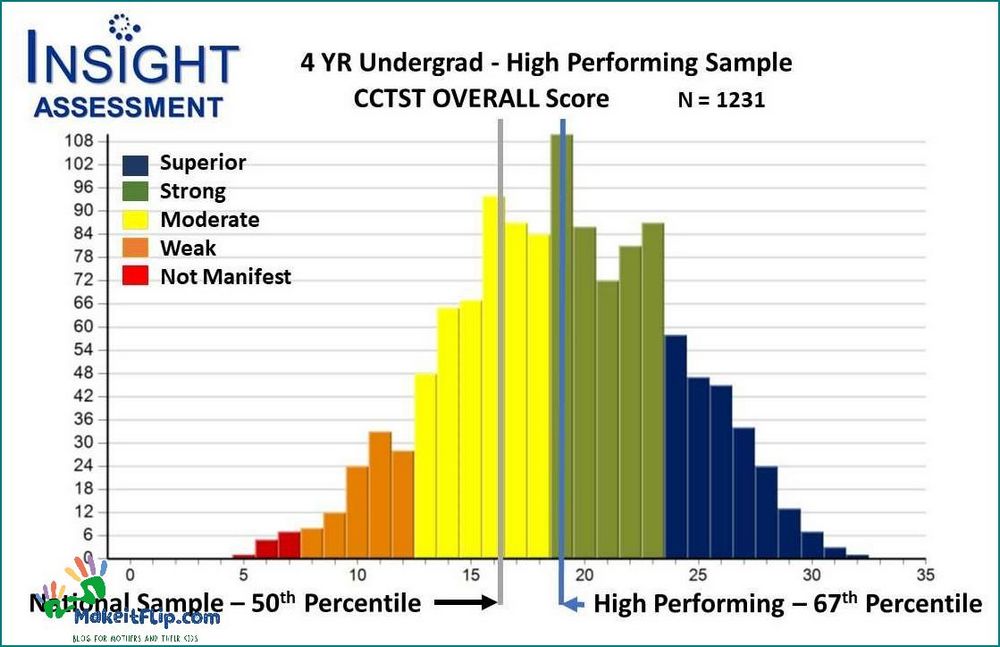
When it comes to analyzing data and understanding trends, the mean is a widely used statistical measure. However, it may not always provide a complete picture of the data distribution. This is where the 99th percentile comes into play. But what exactly does it mean?
The 99th percentile represents a value below which 99% of the data falls. In other words, it is the threshold that separates the top 1% of the data from the rest. This measure is particularly useful when dealing with large datasets and outliers, as it helps identify extreme values that may significantly impact the overall analysis.
So, what does it mean when a data point is in the 99th percentile? It means that the value is higher than 99% of the other data points in the set. This can be interpreted as an indication of exceptional performance or an outlier, depending on the context. Understanding the meaning of the 99th percentile is crucial for making informed decisions and drawing accurate conclusions from data.
It is important to note that the 99th percentile is just one of many percentiles that can be used to analyze data. Other commonly used percentiles include the median (50th percentile) and the quartiles (25th and 75th percentiles).
In conclusion, the 99th percentile provides valuable insights into the distribution of data and helps identify extreme values. By understanding its meaning and significance, analysts and researchers can make more informed decisions and draw accurate conclusions from their data analysis.
What is the 99th Percentile?
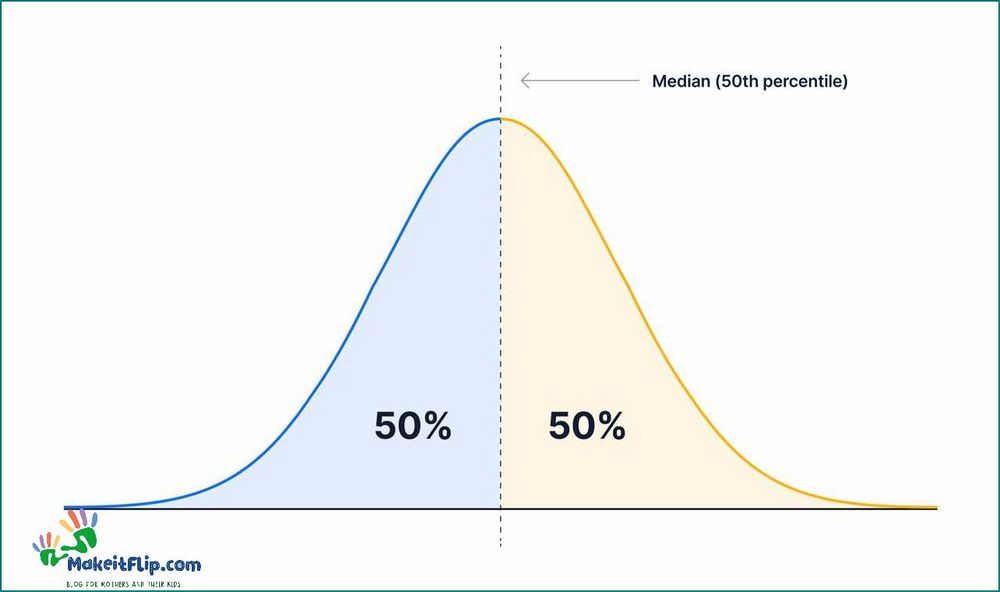
The 99th percentile is a statistical measure that represents the value below which 99% of the data falls. It is commonly used in various fields to analyze and understand data distribution. In simple terms, it is a way to identify the value that separates the top 1% of the data from the rest.
The 99th percentile is often used to measure performance or identify outliers in a dataset. For example, in the context of website performance, the 99th percentile represents the response time below which 99% of the requests fall. This means that only 1% of the requests experience a longer response time.
So, what does the 99th percentile mean? It provides insight into the extreme values or outliers in a dataset. By looking at the 99th percentile, you can understand the upper limit of the data and identify any potential issues or areas that need improvement.
To calculate the 99th percentile, you need to sort the data in ascending order and then find the value at the 99th position. This can be done manually or using statistical software or programming languages.
| Dataset | Sorted Data | 99th Percentile |
|---|---|---|
| 10, 15, 20, 25, 30, 35, 40, 45, 50, 55, 60 | 10, 15, 20, 25, 30, 35, 40, 45, 50, 55, 60 | 59 |
In the example above, the dataset is sorted in ascending order, and the value at the 99th position is 59. This means that 99% of the data falls below 59.
In conclusion, the 99th percentile is a valuable statistical measure that helps understand the distribution of data and identify outliers. It provides insight into the extreme values and can be used to measure performance or identify areas for improvement.
Definition and Explanation
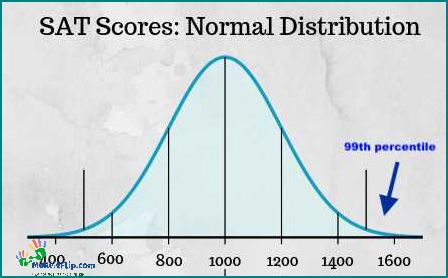
The 99th percentile is a statistical measure that represents the value below which 99% of the data falls. It is commonly used to analyze and interpret data sets, especially in fields such as finance, education, and healthcare.
The mean, or average, is a measure of central tendency that represents the sum of all values divided by the total number of values in a data set. It provides a general idea of the typical value in a set of data.
So, what does the 99th percentile mean? It indicates that 99% of the data falls below a certain value, while only 1% of the data is equal to or greater than that value. In other words, if you are in the 99th percentile for a certain characteristic or measurement, you are among the top 1% of the population.
The 99th percentile is often used to identify outliers or extreme values in a data set. It can help identify individuals or observations that are significantly different from the majority of the data. This information can be useful in various applications, such as identifying high-performing students, detecting abnormalities in medical test results, or identifying potential investment opportunities.
In summary, the 99th percentile is a statistical measure that represents the value below which 99% of the data falls. It provides valuable information about the distribution of data and can be used to identify outliers or extreme values. Understanding the concept of percentiles is essential for interpreting and analyzing data sets effectively.
How is it Calculated?
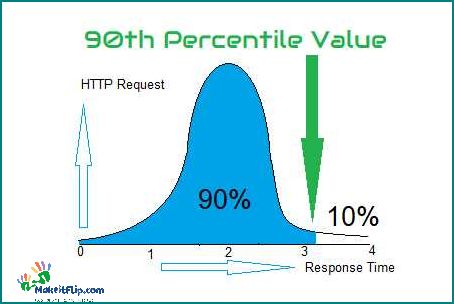
Calculating the 99th percentile involves a few steps. First, you need to collect a set of data points. These data points could be anything, such as test scores, website load times, or customer wait times.
Once you have your data points, you need to sort them in ascending order from smallest to largest. This step is crucial because it allows you to identify the value that represents the 99th percentile.
Next, you need to determine the index of the value that represents the 99th percentile. To do this, you multiply the total number of data points by 0.99. For example, if you have 100 data points, the index of the value representing the 99th percentile would be 100 * 0.99 = 99.
After determining the index, you round it up to the nearest whole number. In our example, the index would be rounded up to 100.
Finally, you find the value at the rounded-up index in your sorted data set. This value represents the 99th percentile. It is the value below which 99% of the data points fall.
Understanding how the 99th percentile is calculated is essential for various applications. It helps identify outliers, set performance benchmarks, and make data-driven decisions.
| Data Points | Sorted Data Points |
|---|---|
| 5 | 1 |
| 10 | 2 |
| 15 | 3 |
| 20 | 4 |
| 25 | 5 |
Why is the 99th Percentile Important?
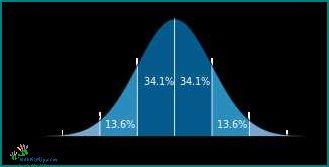
The 99th percentile is a statistical measure that represents the value below which 99% of the data falls. In other words, it is the value that separates the top 1% of the data from the rest. Understanding the meaning of the 99th percentile is important because it provides valuable insights into the distribution of data and helps identify outliers or extreme values.
When analyzing a dataset, the 99th percentile can be used to determine the maximum value that is considered acceptable or normal. For example, in performance testing, the 99th percentile response time is often used as a benchmark to evaluate the system’s performance. If the response time exceeds the 99th percentile, it indicates that a small percentage of requests are experiencing unusually long delays.
Furthermore, the 99th percentile is commonly used in various industries to set service level agreements (SLAs) or performance targets. For instance, in the telecommunications industry, the 99th percentile latency is often used to define the maximum acceptable delay for network traffic. Meeting the 99th percentile target ensures that the majority of users experience satisfactory performance.
Additionally, the 99th percentile can be helpful in identifying potential bottlenecks or areas for improvement. By analyzing the data beyond the average or median, organizations can uncover hidden issues that may not be apparent from the overall statistics. For example, if the 99th percentile page load time for a website is significantly higher than the average, it suggests that a small percentage of users are experiencing slow loading times, which may require optimization.
In summary, the 99th percentile is an important metric that provides valuable insights into the distribution of data and helps identify outliers or extreme values. It is used to set benchmarks, define performance targets, and uncover hidden issues. Understanding the meaning of the 99th percentile is crucial for making informed decisions and improving overall performance.
FAQ about topic Understanding the Meaning of the 99th Percentile A Comprehensive Guide
What does the term “99th percentile” mean?
The term “99th percentile” refers to a statistical measure that indicates the value below which 99% of the data falls. It is often used to analyze and compare data sets, particularly in fields such as education, healthcare, and finance.
Why is the 99th percentile important?
The 99th percentile is important because it helps identify outliers or extreme values in a data set. By understanding the 99th percentile, we can better understand the distribution of the data and make more informed decisions or predictions based on that information.
How is the 99th percentile calculated?
The 99th percentile is calculated by sorting the data in ascending order and finding the value that corresponds to the 99th percentile rank. This can be done manually or by using statistical software or calculators that have built-in functions for calculating percentiles.
What are some practical applications of the 99th percentile?
The 99th percentile has various practical applications. For example, in education, it can be used to identify students who perform exceptionally well or poorly compared to their peers. In healthcare, it can help identify patients who are at a higher risk for certain conditions. In finance, it can be used to analyze investment returns and identify high-performing assets.
Are there any limitations to using the 99th percentile?
Yes, there are limitations to using the 99th percentile. It is important to consider the context and the specific data set being analyzed. The 99th percentile may not always be the most appropriate measure, especially if the data set is skewed or if there are outliers present. It is also important to interpret the 99th percentile in conjunction with other statistical measures to gain a more comprehensive understanding of the data.
What does the term “99th percentile” mean?
The term “99th percentile” refers to a statistical measure that represents the value below which 99% of the data falls. It is commonly used to describe the top 1% of a distribution or a group of data points.
Why is the 99th percentile important?
The 99th percentile is important because it provides insights into the extreme values or outliers in a dataset. It helps identify the highest values that may have a significant impact on the overall distribution or performance. Understanding the 99th percentile can be crucial in various fields, such as finance, healthcare, and technology, where outliers can have significant consequences.
I’m Diana Ricciardi, the author behind Makeitflip.com. My blog is a dedicated space for mothers and their kids, where I share valuable insights, tips, and information to make parenting a bit easier and more enjoyable.
From finding the best booster seat high chair for your child, understanding the connection between sciatica and hip pain, to exploring the benefits of pooping in relieving acid reflux, I cover a range of topics that are essential for every parent.
My goal is to provide you with practical advice and solutions that you can easily incorporate into your daily life, ensuring that you and your child have the best possible experience during these precious years.
